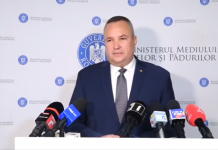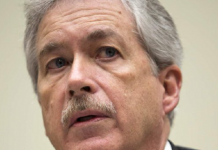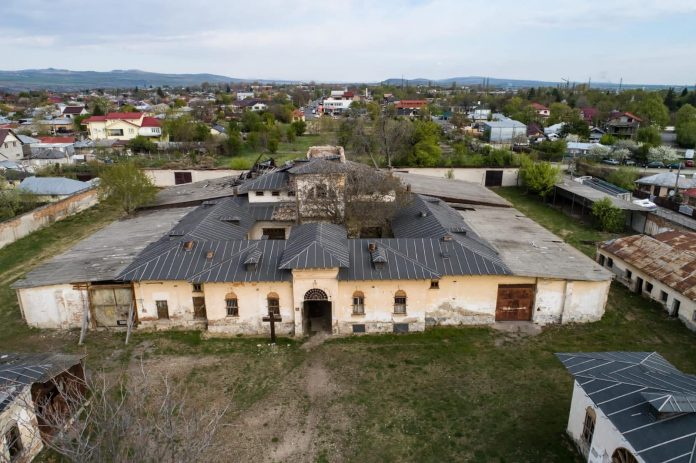
One of Romania’s most notorious prisons of the communist era will be turned into a museum to honor the victims and educate Romanians on the horrors of that period.
The Romanian government announced Thursday that a project to build a memorial at the infamous ‘Prison of Silence’ in Râmnicu Sărat easterm Romania where prisoners were brutalized and kept in solitary confinement was ready to go ahead.
Communism
Romania’s governmental adviser on anti-Semitism and keeping the memory of communism alive, Alexandru Muraru, said the EU-funded museum would be built over the next four years and would incorporate an educational center on the communist period.
Mr Muraru visited the gulag this week, a national place of suffering, where Romanian intellectuals and other elite were incarcerated after the Soviets imposed communism in Romania. Many died of hunger, cold, beatings and untreated illnesses.
Mr. Muraru said it was the “first and largest memorial and educational museum complex dedicated to the victims of communism,” to be built by the government after 1989 when communism ended.
Political prisoners such as Ion Mihalache, Corneliu Coposu, Ion Diaconescu of the National Peasant Party and diplomat Victor Pogoneanu and other prominent members of parties banned by the communists were locked up here in the 1950s and early 1960s.
It was called the „Prison of Silence” as prisoners were kept in isolation and forbidden from communicating with each other.
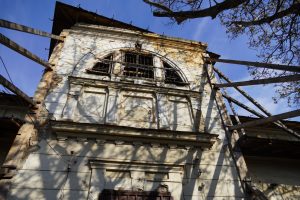
Crimes against humanity
Prison commander from 1955 and 1963 was the notorious Alexandru Vișinescu who became the first person to be convicted in 2015 for crimes against humanity. He was sentenced to 20 years in prison and died in 2018 while serving his sentence.
“The crimes of communism must be exposed; the history of the totalitarian regime must be explained, and places (like this) must become a national landmark for the young generation,” Mr Muraru said.
Falsify the past
“This is a form of strong resilience against attempts to falsify the past or revisionism that distorts and relativizes the ferocity and brutality of communism, theories that today circulate freely,” he added.
He said educating the young generations “in the spirit of truth, of respect for fundamental rights and freedoms, while honoring the memory of the victims of communism is a moral duty.”
Even after communism ended, Romania held back on shedding light on its at-times brutal past while many second-ranking communists and members of the feared Securitate secret police retained power and influence.
Abuses
Prime Minister Nicolae Ciuca recently said that memorial museums were a top priority “a country whose citizens have suffered atrocities and abuses by the communist system from 1945-1989″.
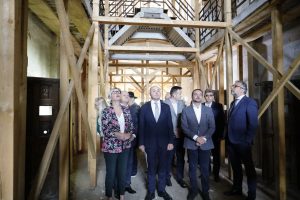
The future memorial museum will be subordinated to the Institute for the Investigation of Communist Crimes in Romania, a body under the authority of the prime minister.
The head of that institute, Daniel Sandru, Culture Minister, Lucian Romașcanu, the deputy minister for European Funds, Csilla Hegedus and others from local and central government attended the event.
The project in figures
- The future memorial museum will cover an area of about 8,500 sqm;
- The value of the project is 9 million euros plus VAT (financing fully provided through the National Recovery and Resilience Plan), non-reimbursable funds;
- The project aims to bring over 20,000 tourists annually to the future museum;
- Thirteen people will work full-time at the museum.
- The actual execution term is 36 months; to start at the latest by June 2023.
- The works must be completed by 30 June 2026.




